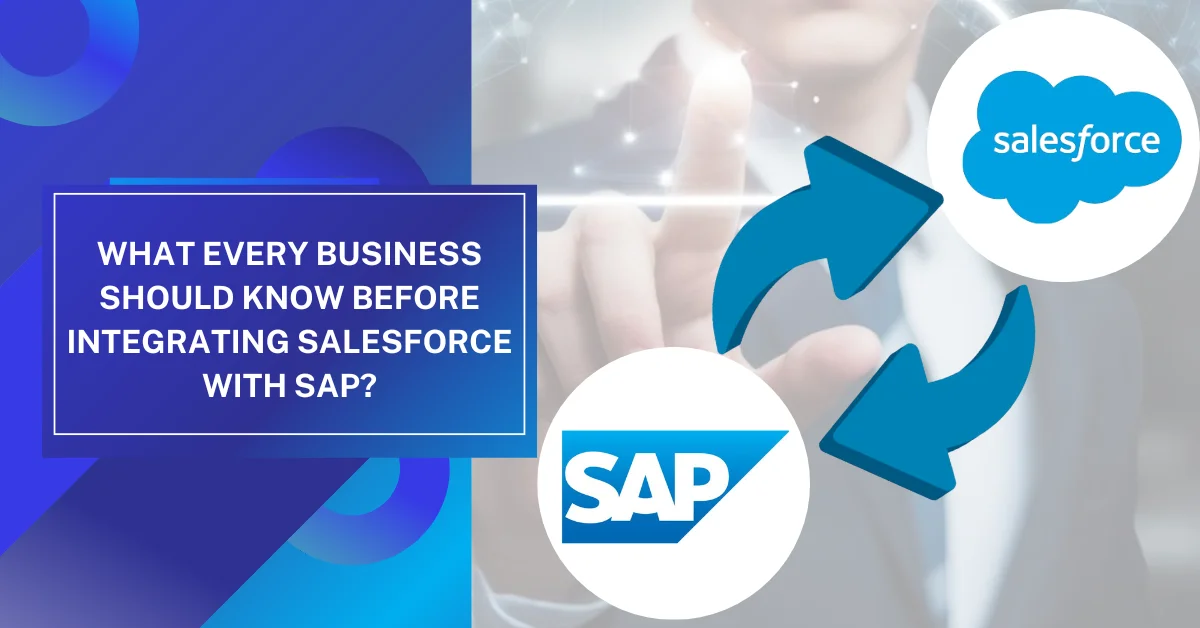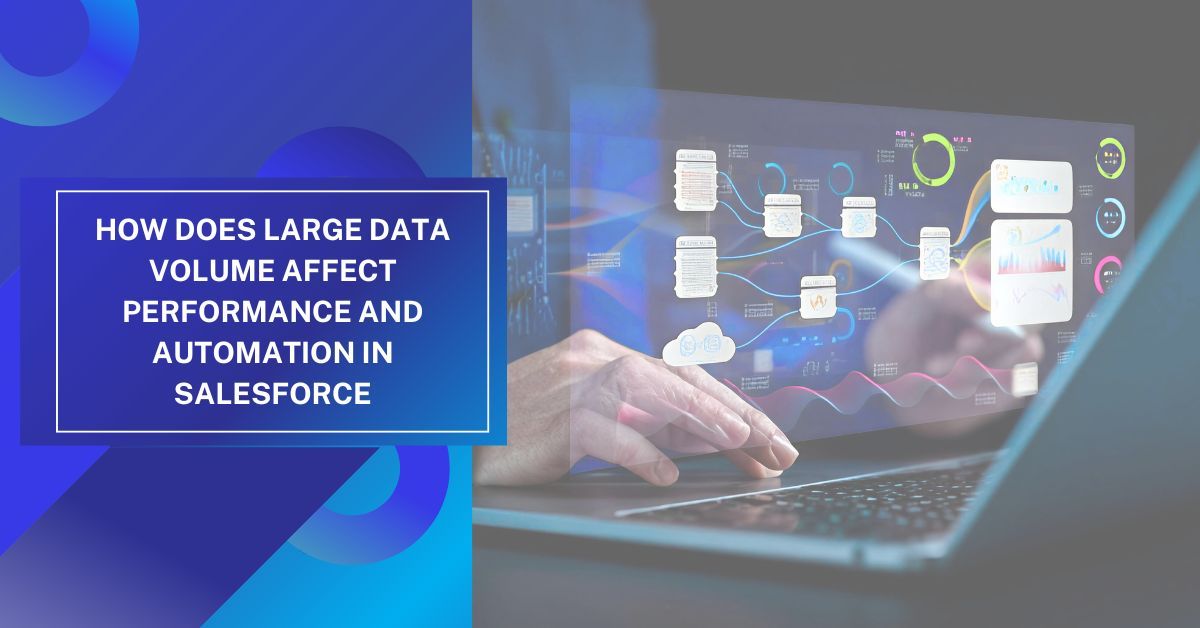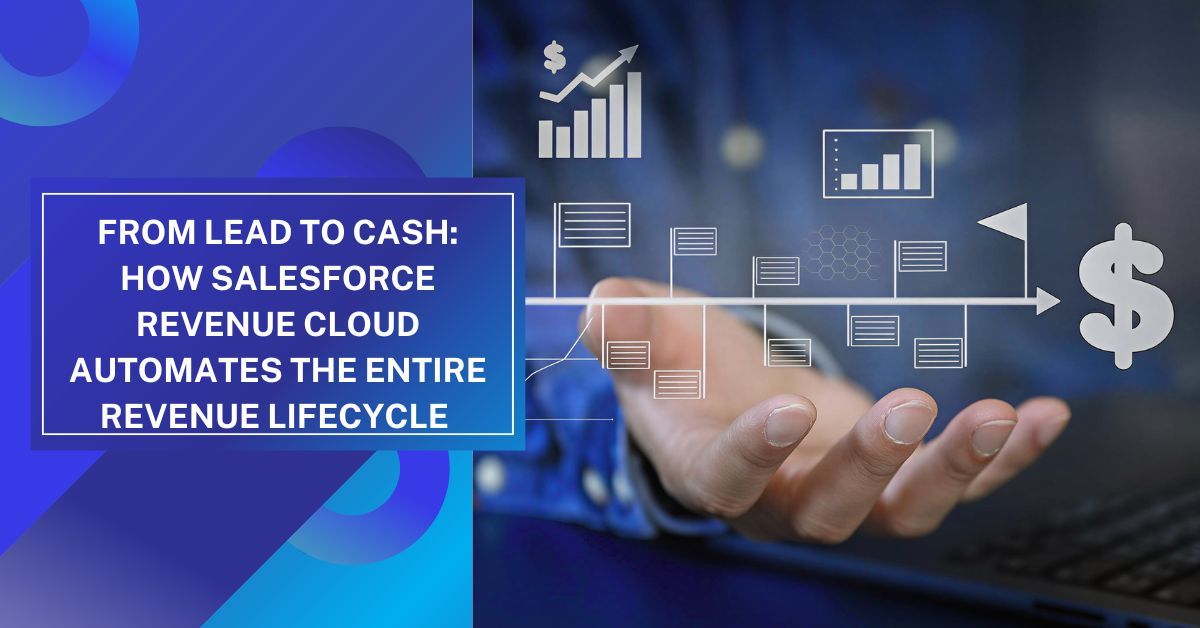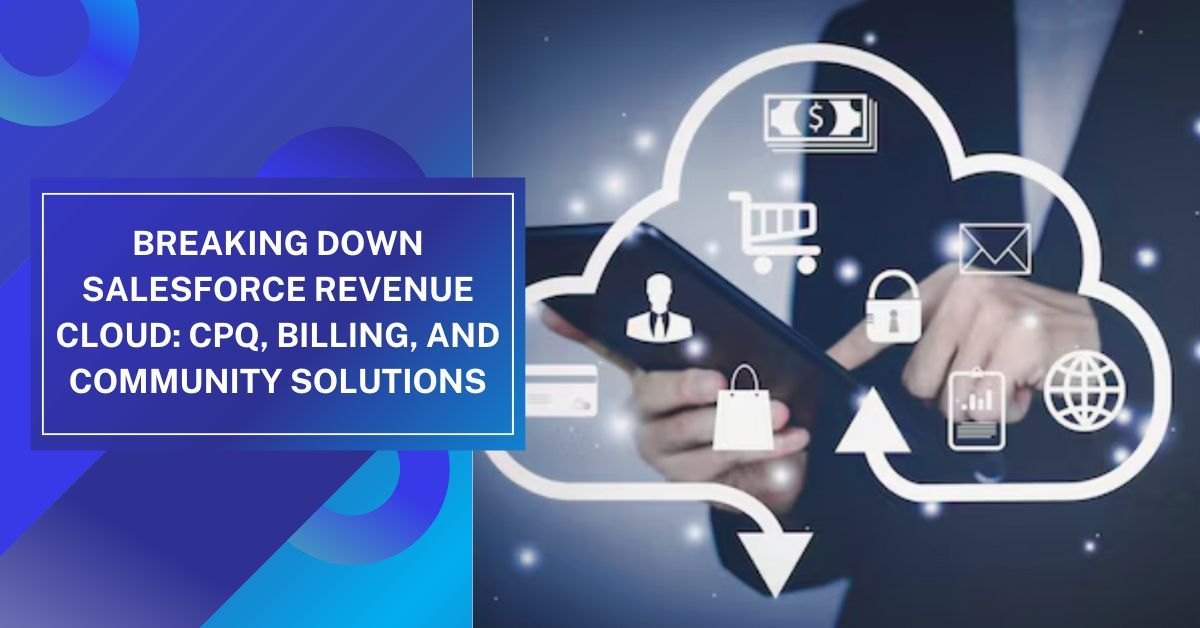In today’s fast-paced digital world, businesses depend on integrated technologies to drive efficiency, customer satisfaction, and growth. Salesforce, a leading CRM, focuses on sales, service, and customer engagement, while SAP, a dominant ERP system, handles core business functions like finance, procurement, and supply chain. When these two platforms operate in silos, it creates disconnects between customer-facing teams and backend operations. Integrating Salesforce with SAP bridges this gap enabling real-time data sharing, streamlined processes, and a unified business view.
This blog will guide you through the essential business benefits, key considerations, tools and technologies, common challenges, and a real-world case study to help you successfully plan and execute your Salesforce-SAP integration.
Why Is Integrating Salesforce with SAP Essential for Your Business?
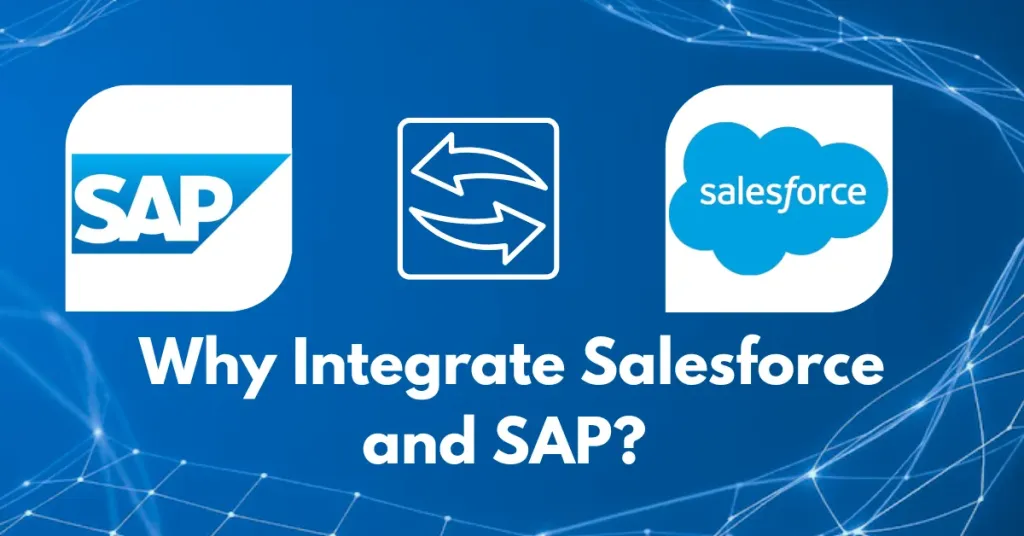
- Integrating Salesforce with SAP creates significant business value by seamlessly connecting customer-facing and operational systems. Key benefits include:
Enhanced Customer Experience
Integrating Salesforce with SAP gives sales and service teams real-time visibility into customer orders, inventory status, billing, and shipment details from SAP directly within Salesforce—enabling faster responses, accurate information sharing, and proactive service.
Streamlined Operations and Automation
Automating data synchronization eliminates manual data entry, reducing errors and freeing staff to focus on value-added tasks. For example, orders created in Salesforce can automatically trigger fulfillment workflows in SAP.
Real-Time Business Insights
Combining Salesforce CRM data with SAP ERP data enables comprehensive reporting and analytics. Business leaders can analyze customer trends alongside financial and operational metrics for better decision-making.
Increased Sales and Revenue
Faster order processing, accurate product availability data, and aligned sales and production teams accelerate the sales cycle and improve order fulfillment, directly impacting revenue growth.
Scalable Infrastructure for Growth
An integrated platform landscape provides the flexibility and scalability needed to support expanding product lines, markets, and customer segments without operational bottlenecks.
Key Considerations Before Integrating Salesforce with SAP
- Before integrating Salesforce with SAP, businesses must address several critical factors to avoid costly pitfalls.
1. Define Clear Integration Objectives
Identify what business problems Integrating Salesforce with SAP will solve. Common goals include syncing customer and order data, enabling real-time inventory updates, or improving finance and billing processes.
2. Understand Your Data Landscape
Map out the data entities involved—accounts, contacts, orders, products, invoices, etc.—and determine the data flow direction and frequency. Consider the volume and complexity to design scalable solutions.
3. Integration Type: Real-Time vs Batch
When Integrating Salesforce with SAP, choose between real-time (synchronous) integration, which provides instant updates but requires more complex architecture, and batch (asynchronous) processing, which runs at intervals and may suffice for less time-sensitive data
4. Evaluate Middleware and Connectors
Middleware platforms act as bridges between Salesforce and SAP, translating and routing data. Options like MuleSoft offer prebuilt connectors and API management, but other tools might be better suited based on your IT environment.
5. Address Security and Compliance
Ensure that data transmitted between systems is encrypted and complies with regulations such as GDPR or HIPAA. Configure audit logging and user access controls appropriately.
6. Plan for Change Management and Training
Integration impacts multiple teams. Engage stakeholders early, provide training, and prepare support resources to ensure smooth adoption.
Tools and Technologies for Integrating Salesforce with SAP
- Choosing the right integration tools is essential for a successful project. Here are some popular options:
MuleSoft Anypoint Platform
Owned by Salesforce, MuleSoft offers a powerful integration platform with prebuilt connectors for SAP and Salesforce. It supports API-led connectivity, enabling reusable integrations and secure data exchange.
SAP Process Integration (PI) /
Process Orchestration (PO)
These native SAP middleware solutions facilitate integration with external applications. They include routing, message modification, and monitoring features.
Salesforce Connect
This feature enables Salesforce to access external SAP data in real-time through OData or custom adapters, reducing the need for data duplication.
Third-Party Connectors
Platforms like Dell Boomi, Jitterbit, and Informatica offer connectors for Salesforce-SAP integration, often with user-friendly interfaces and cloud-based deployment.
Core Components to Focus On When Integrating Salesforce with SAP
1. Data Sources: Salesforce CRM & SAP ERP
- Salesforce CRM: Manages customer data, leads, sales opportunities, service requests, and marketing campaigns.
- Core business operations like finance, purchasing, inventory control, manufacturing, and billing are managed by SAP ERP.
2. Middleware Layer
Middleware acts as a communication bridge between Salesforce and SAP. It handles:
- Data transformation: Makes sure Salesforce and SAP are compatible by converting data formats and structures.
- Message routing: Determines where and when data should be sent.
- Orchestration: Manages complex workflows that span both systems, ensuring processes occur in the correct order.
- Error handling: Detects and manages data synchronization issues or failures.
3. APIs and Connectors
Both Salesforce and SAP expose Application Programming Interfaces (APIs) that enable external systems to read/write data. Integration uses these APIs via:
- Prebuilt Connectors: Ready-made solutions for common integration scenarios that reduce development time.
- Custom APIs: Endpoints made to order to satisfy certain business requirements.
4. Data Flow Patterns
- Real-Time Integration: Data changes in Salesforce or SAP trigger instant updates in the other system, ideal for critical processes like order status or inventory levels.
- Batch Integration: Data sync happens at scheduled intervals, useful for large datasets or less time-sensitive information such as monthly financial reports.
5. Security Layer
Ensures data integrity and confidentiality through:
- Authentication and authorization mechanisms like OAuth, SAML, or certificates.
- Data encryption both in transit and at rest.
- Audit trails to track data access and changes.
6. User Interfaces & Reporting
- While Salesforce users interact primarily with the CRM interface, integrated data from SAP can be surfaced within Salesforce dashboards, reports, or custom apps—giving users a single pane of glass view.
- Similarly, SAP users can access relevant Salesforce data through portals or SAP Fiori apps.
Real-World Case Study: Streamlining Manufacturing Operations
A mid-sized manufacturing firm was facing inefficiencies due to siloed sales and production operations. Their sales team, using Salesforce, lacked real-time visibility into SAP-managed inventory and production schedules, causing delays and customer dissatisfaction.
The integration enabled:
- Real-time synchronization of inventory levels and order status in Salesforce
- Automated order creation in SAP from Salesforce opportunities
- Improved collaboration between sales, production, and finance teams
The results included a 20% reduction in order processing time, fewer delivery delays, and enhanced customer satisfaction.
Why Choose Expro Softech for Salesforce-SAP Integration?
Integrating Salesforce and SAP is complex and requires deep expertise in both platforms, middleware tools, and business processes. At Expro Softech, we bring:
- Experienced Consultants: Skilled in Salesforce CRM, SAP ERP, and middleware technologies like MuleSoft.
- Tailored Integration Strategy: We analyze your unique business needs to design scalable and secure integration solutions.
- End-to-End Execution: From planning and development to testing, deployment, and post-go-live support.
- Change Management & Training: Ensuring your teams adopt new processes smoothly.
Expro Softech can help you unlock the full potential of Salesforce and SAP to deliver measurable, transformative results.
Conclusion
Integrating Salesforce and SAP is no longer a luxury—it’s a necessity for businesses aiming to stay agile, competitive, and customer-focused in today’s digital-first world. By bringing together the strengths of a robust CRM and a powerful ERP, organizations can achieve unified data, seamless workflows, and faster, more informed decision-making.
However, a successful integration requires more than just the right tools—it demands a clear strategy, experienced execution, and a trusted partner. Whether you’re looking to boost operational efficiency, improve customer satisfaction, or accelerate growth, Salesforce-SAP integration can pave the way. Let Expro Softech help you make that vision a reality—with deep expertise, tailored solutions, and end-to-end support.
 Neel Thakkar
Neel Thakkar 